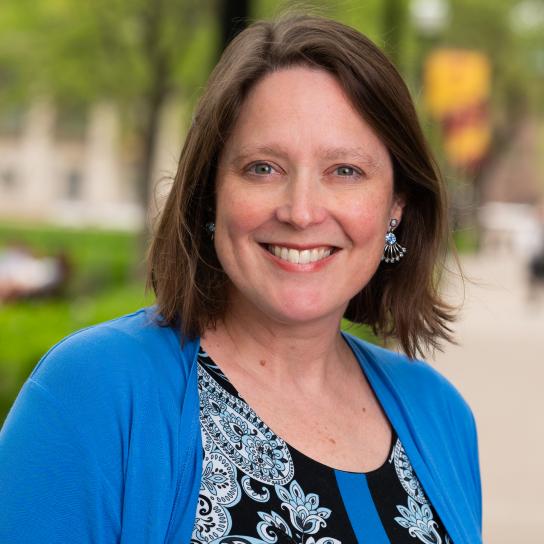by Molly Huber
Quick Summary
The three speakers in this DPLAfest 2016 presentation talked about their development of digital curatorial workflows to respectfully and conscientiously share indigenous community cultural heritage and intellectual property, all via open source platforms.

On April 15th, I attended a session entitled “Wax Works in the Age of Digital Reproduction: The Futures of Sharing Native/First Nations Cultural Heritage” at the 2016 DPLafest in Washington DC. The three speakers in this fascinating presentation talked about their development of digital curatorial workflows to respectfully and conscientiously share indigenous community cultural heritage and intellectual property, all via open source platforms. The first of these is an asset management system named Mukurtu, after the Australian Aboriginal word for dilly bag, which can also mean a place to keep things safe. One of the most interesting aspects of how Mukurtu functions is the ability to associate multiple items with a single object record, to allow display in proper context, such as pairing physical objects with appropriate songs, spoken word, or contextual images. Another feature was the ability to not share, to keep some things private while still preserving them together in this database. Further, a custom labeling system, called Local Contexts, inspired by the graphics used for Creative Commons, has been developed to visually indicate what is allowed to be seen by whom, in keeping with cultural custom, and this works within the Mukurtu system as a separate field. The Library of Congress is using these two platforms right now in their work with the Passamaquoddy Nation in Maine to redigitize wax cylinder recordings of spoken Passamaquoddy from the late 19th century, capturing new information about these rare recordings from the Passamaquoddy themselves and storing and sharing it sensitively though these new platforms. I really enjoyed learning about these exciting new workflows and hope to see them used widely with collections of native cultural heritage.

